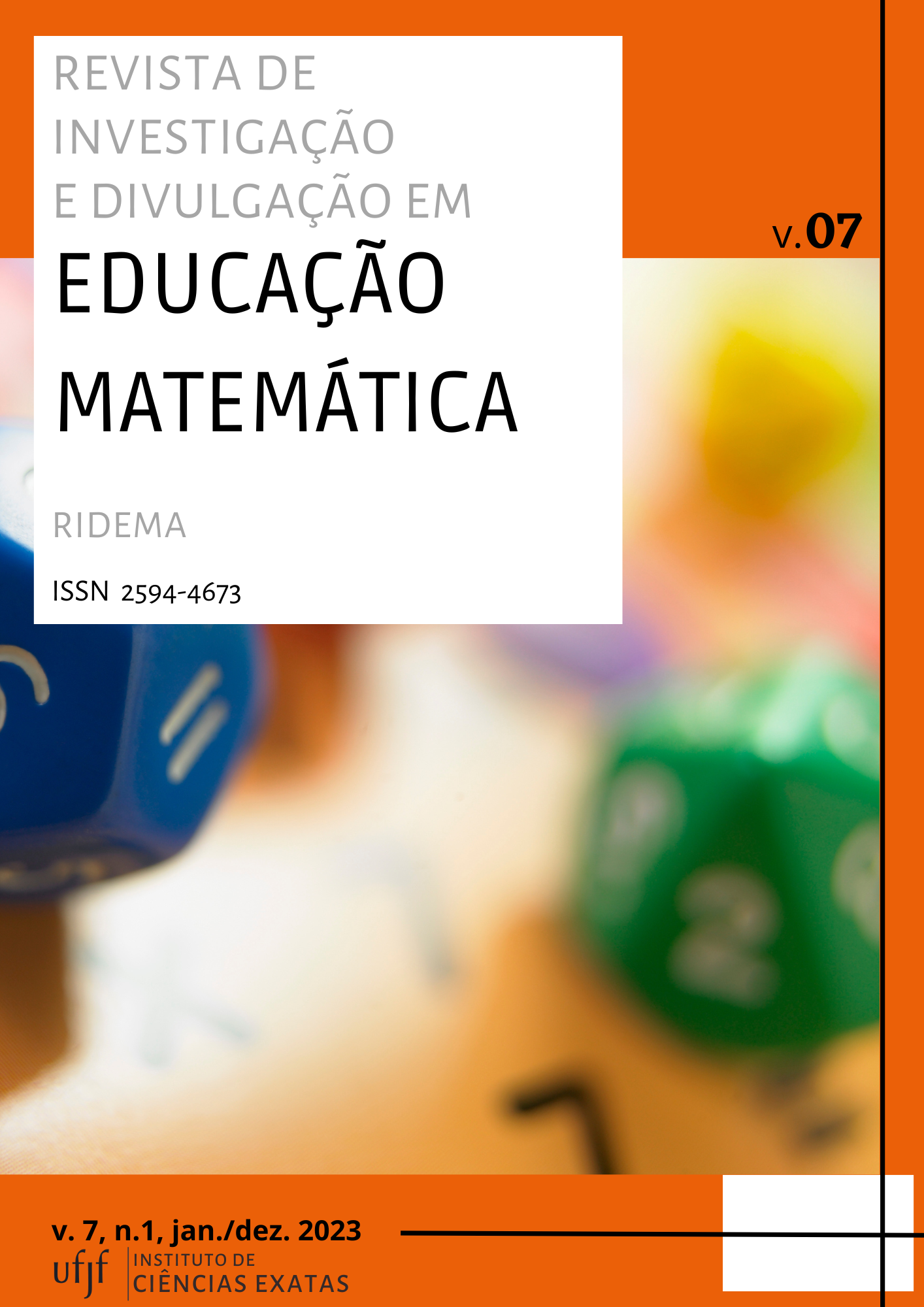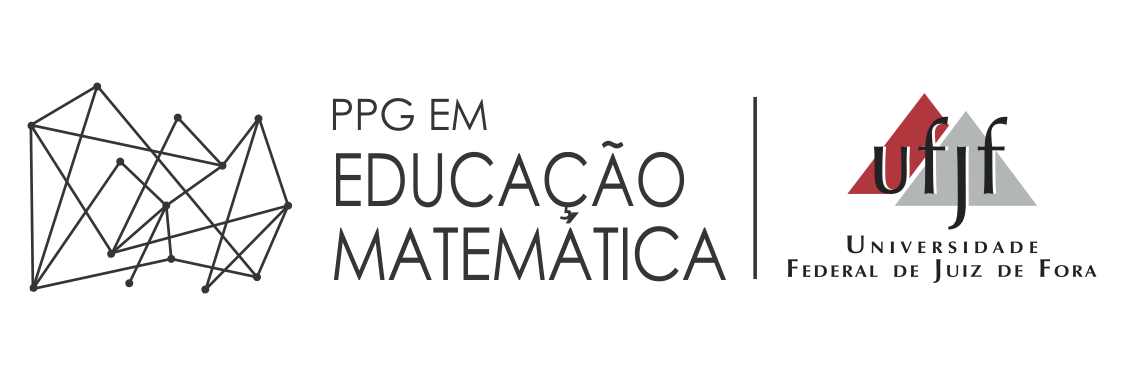The use of a didactic sequence for the teaching of Powers and Roots
DOI:
https://doi.org/10.34019/2594-4673.2023.v7.41012Keywords:
Learning, Elementary School, MathematicsAbstract
The didactic sequence is a set of articulated activities that are planned with the intention of achieving a certain didactic objective. Thus, in view of the students' difficulties in relation to the contents of Powers and Roots, it was proposed the development of a didactic sequence with the purpose of restraining the main doubts and allowing the significant learning of these mathematical contents. The proposal was developed in classes A and B of the 9th grade of elementary school of a public school in the city of Mercês - MG during Supervised Internship II of the Degree course in Mathematics of IF Sudeste MG - Campus Rio Pomba. The didactic sequence, which consisted of a story about the Powers, a review of the content, a list of activities and a board game related to the content of Powers and Roots, made classes more dynamic, comprehensive and participatory and contributed significantly to the learning of 9th graders.
Downloads
Metrics
References
BICUDO, M. A. V. (Org.). Pesquisa em Educação Matemática: Concepções e Perspectivas. São Paulo: Editora UNESP, 1999.
BORGES, C. N. A história da Matemática e ludicidade como proposta didática para o ensino da Matemática. 2018. 55f. Dissertação (Mestrado Profissional em Matemática) – Universidade Federal do Tocantins, Programa de Pós-Graduação em Matemática, Arraias, 2018. Disponível em: <http://bdtd.ibict.br/vufind/Record/UFT_3cf08291ffe0c3ee26fd342b86c9a736>. Acesso em 16 nov. 2022.
CABRAL, N. F. Sequências didáticas: estrutura e elaboração. Belém: SBEM, 2017. Disponível em: < http://www.sbembrasil.org.br/files/sequencias_didaticas.pdf>. Acesso em 20 de set. 2022.
FELTES, R. Z. Análise de Erros em Potenciação e Radiciação: Um Estudo com Alunos do Ensino Fundamental e Médio. Porto Alegre: PUC, 2007. Disponível em: < https://repositorio.pucrs.br/dspace/handle/10923/3108> . Acesso em: 11 nov. 2022.
GRANDO, R. C. O conhecimento matemático e o uso de jogos na sala de aula. 239 f. Tese (Doutorado) – Faculdade de Educação, Universidade Federal de Campinas, Campinas, SP, 2000. Disponível em: < https://pedagogiaaopedaletra.com/wp-content/uploads/2012/10/O-CONHECIMENTO-MATEM%C3%81TICO-E-O-USO-DE.pdf>. Acesso em: 25 out. 2022.
GROENWALD, C. L. O.; SAUER, L. de O.; FRANKE, R. F. A história da matemática como recurso didático para o ensino da teoria dos números e a aprendizagem da matemática no ensino básico. Paradígma. 2005, vol.26, n.2, p. 35-55. Disponível em:<http://ve.scielo .org/scielo.php?script=sci_arttext&pid=S1011-22512005000200003>.Acesso em: 16 nov. 2022.
LOPES, L. S.; ALVES, A. M. M.. A História no Livro Didático de Matemática. In: CONGRESSO INTERNACIONAL DE ENSINO DA MATEMÁTICA. 6., 2013, Canoas, RS. Comunicação Científica. Canoas, RS: ULBRA, 2013. p. 1 -14.
MENEZES, A. V. D. A Contribuição dos Jogos para a Aprendizagem da Potenciação e Radiciação no 9º ano: Uma Proposta de Ensino. Juazeiro, BA: Universidade Federal do Vale do São Francisco, 2014. Disponível em: < univasf.edu.br/~tcc/000005/0000059b.pdf>. Acesso em: 25 nov. 2022
SANTELLI, L.; ARAÚJO, N. S. R. Ensino-aprendizagem das operações com números inteiros por meio de resolução de problemas, de jogos e de mídias tecnológicas. Os Desafios da Escola Pública Paranaense na Perspectiva do Professor Pde, Paraná, v. 1, p.1-27, 2013. Disponível em:< http://www.diaadiaeducacao.pr.gov.br/portals/cadernospde/pdebusca/producoes_pde/2013/2013_fafipa_mat_artigo_luciana_santelli.pdf>. Acesso em: 17 nov. 2022.
SMOLE, K. S. DINIZ, M. I.; MILANI, E. Cadernos do Mathema: Jogos de matemática de 6º a 9º ano. Porto Alegre, RS: Artmed, 2007. v. 2.
ZABALA, A. A Prática Educativa: Como ensinar. Porto Alegre: ArtMed, 1998.



























